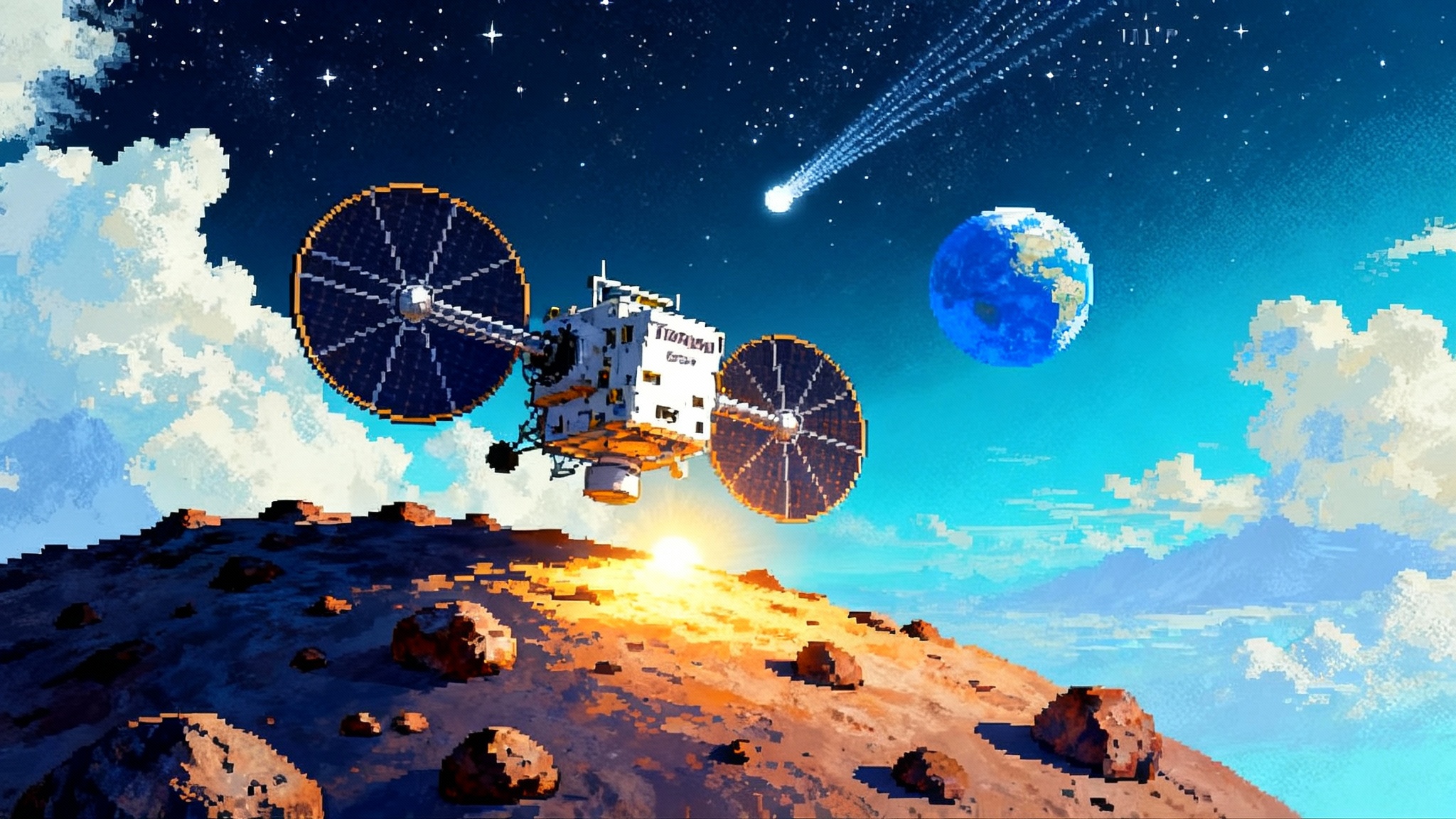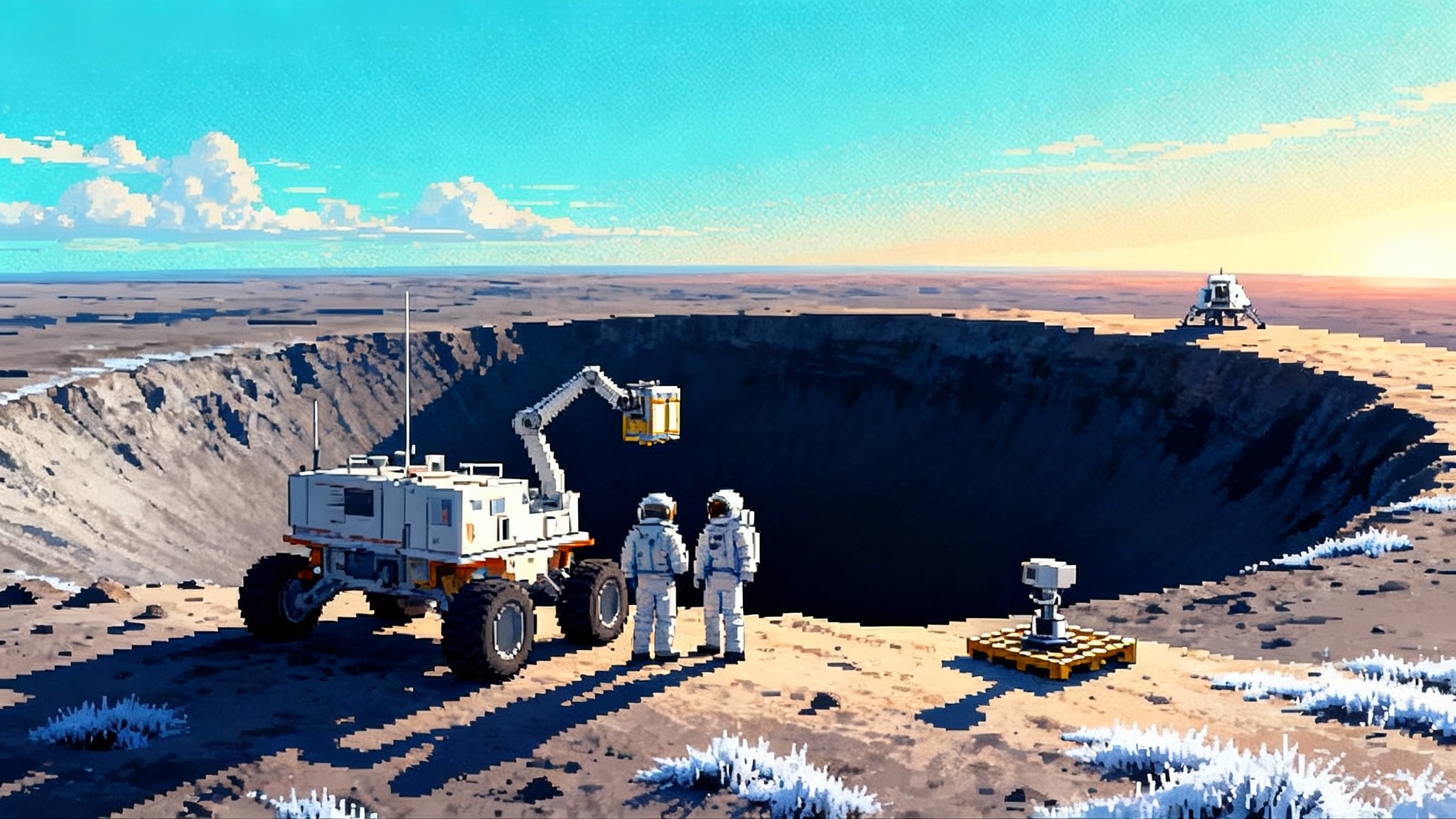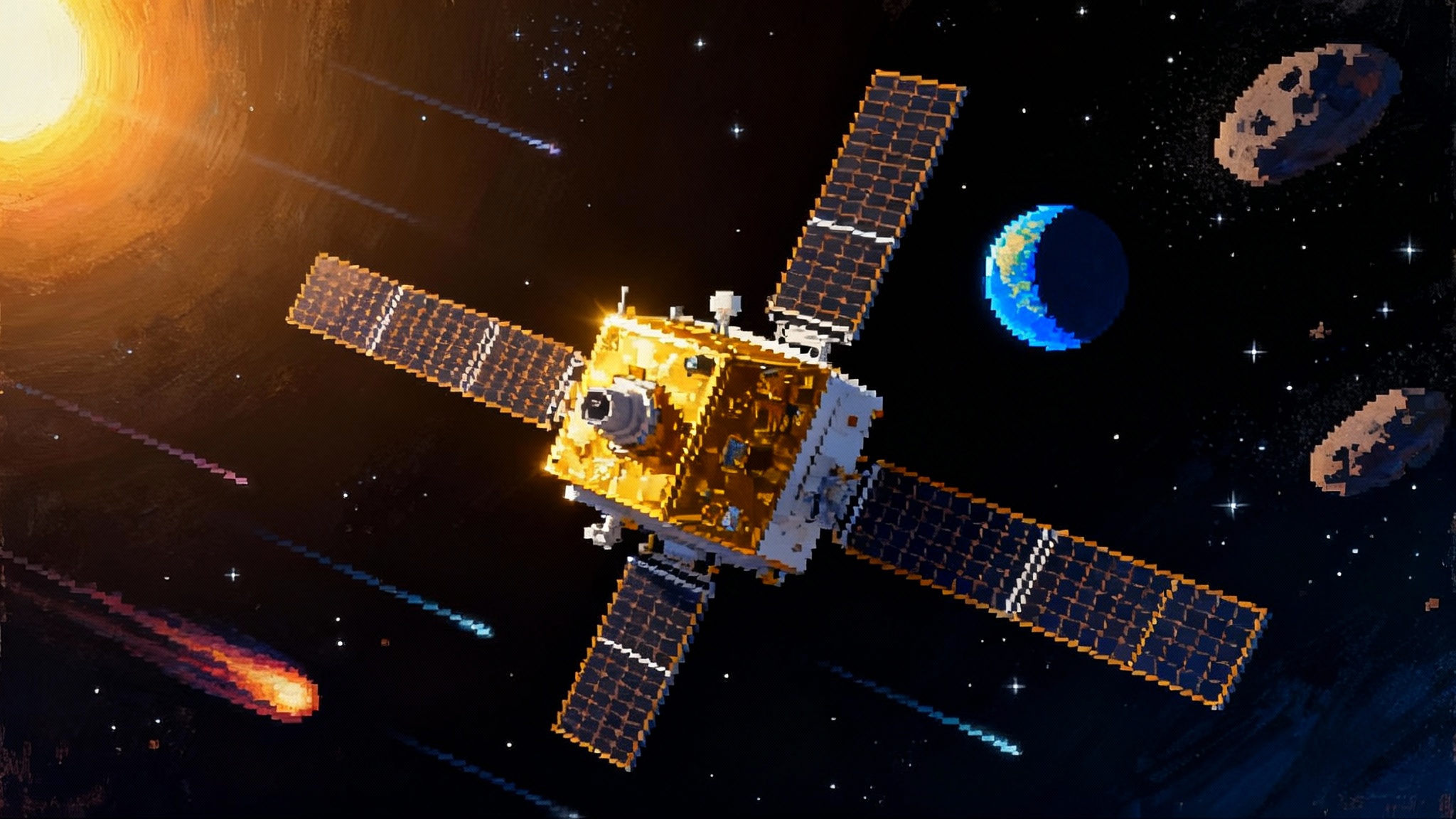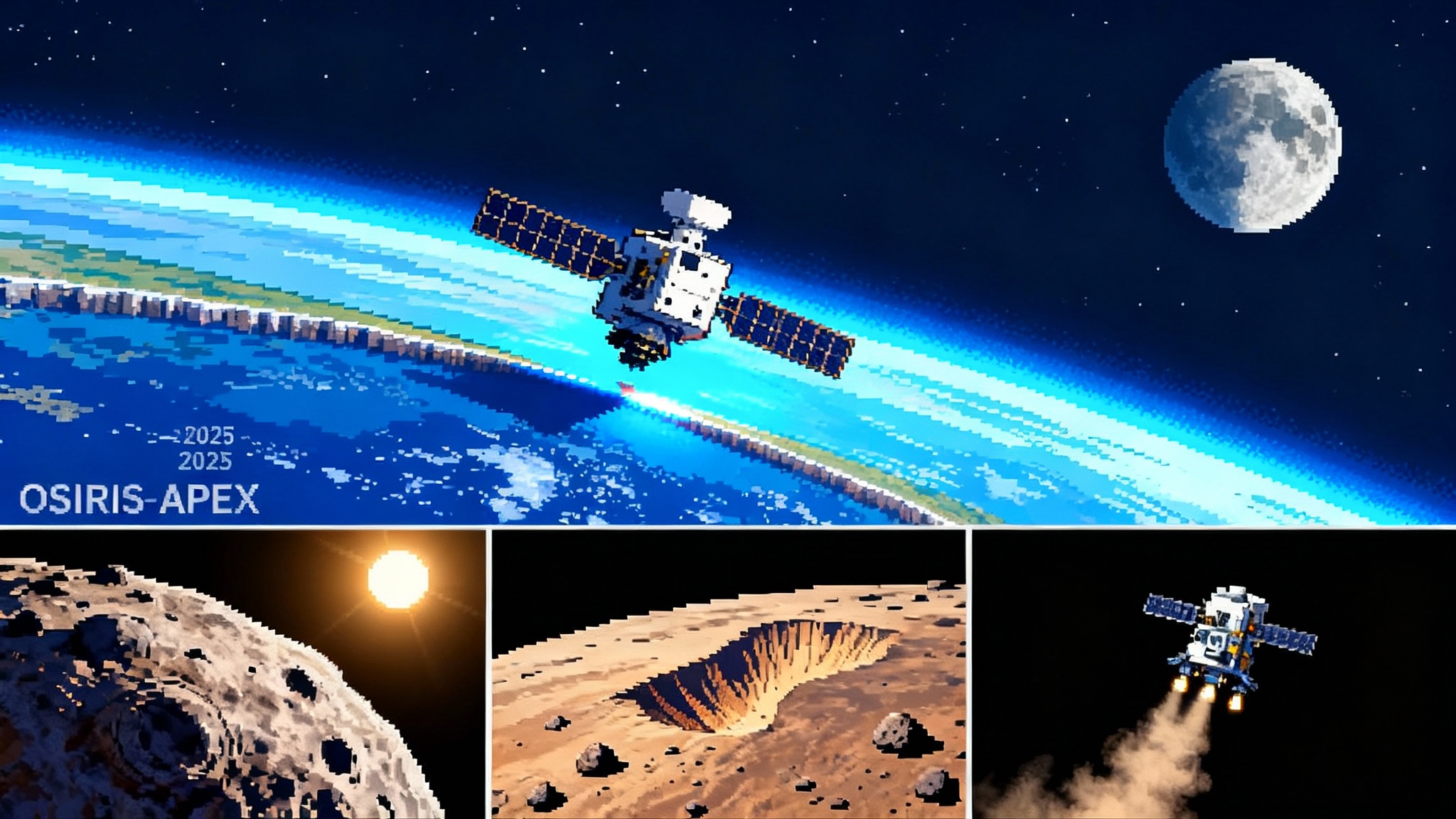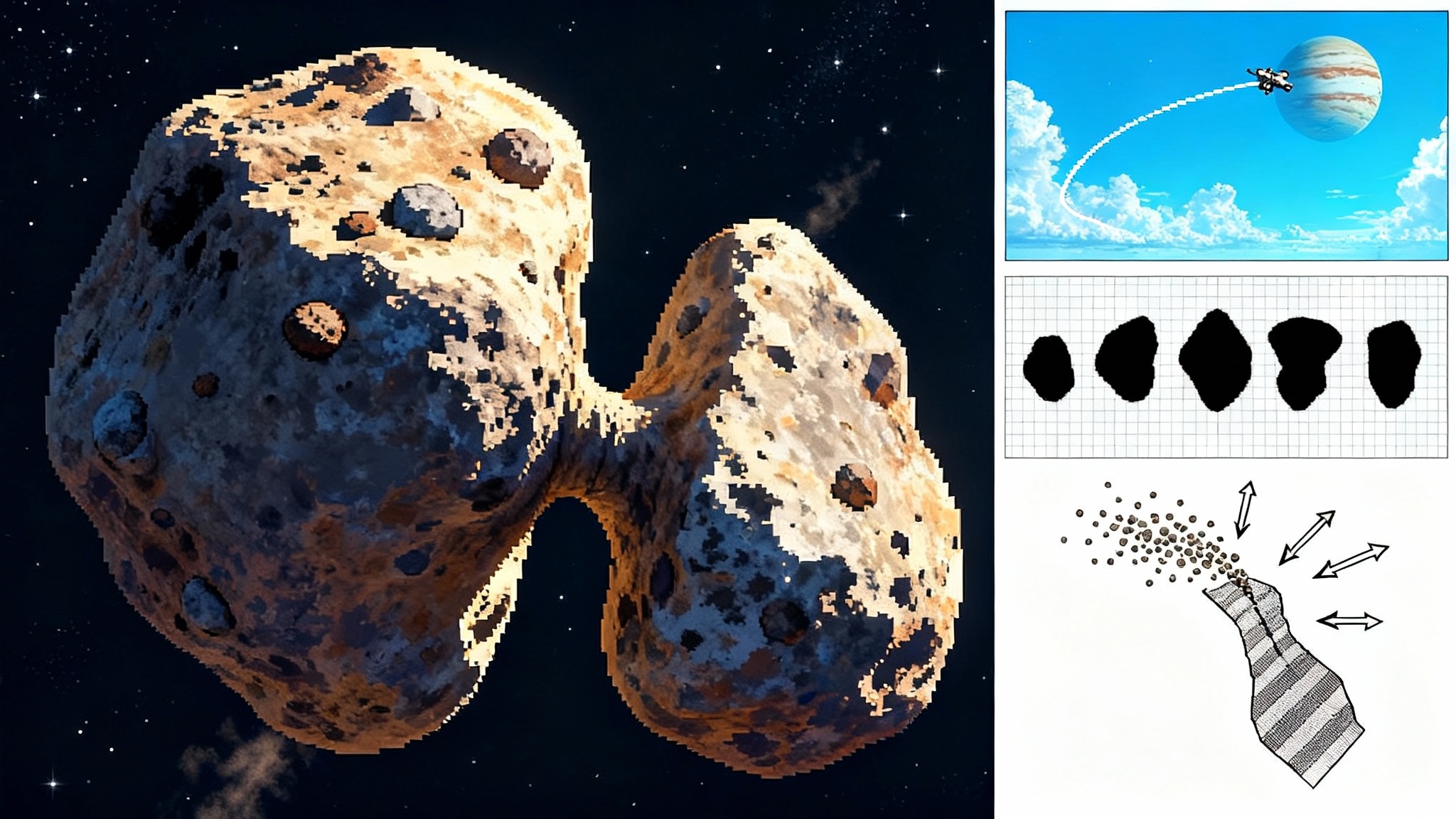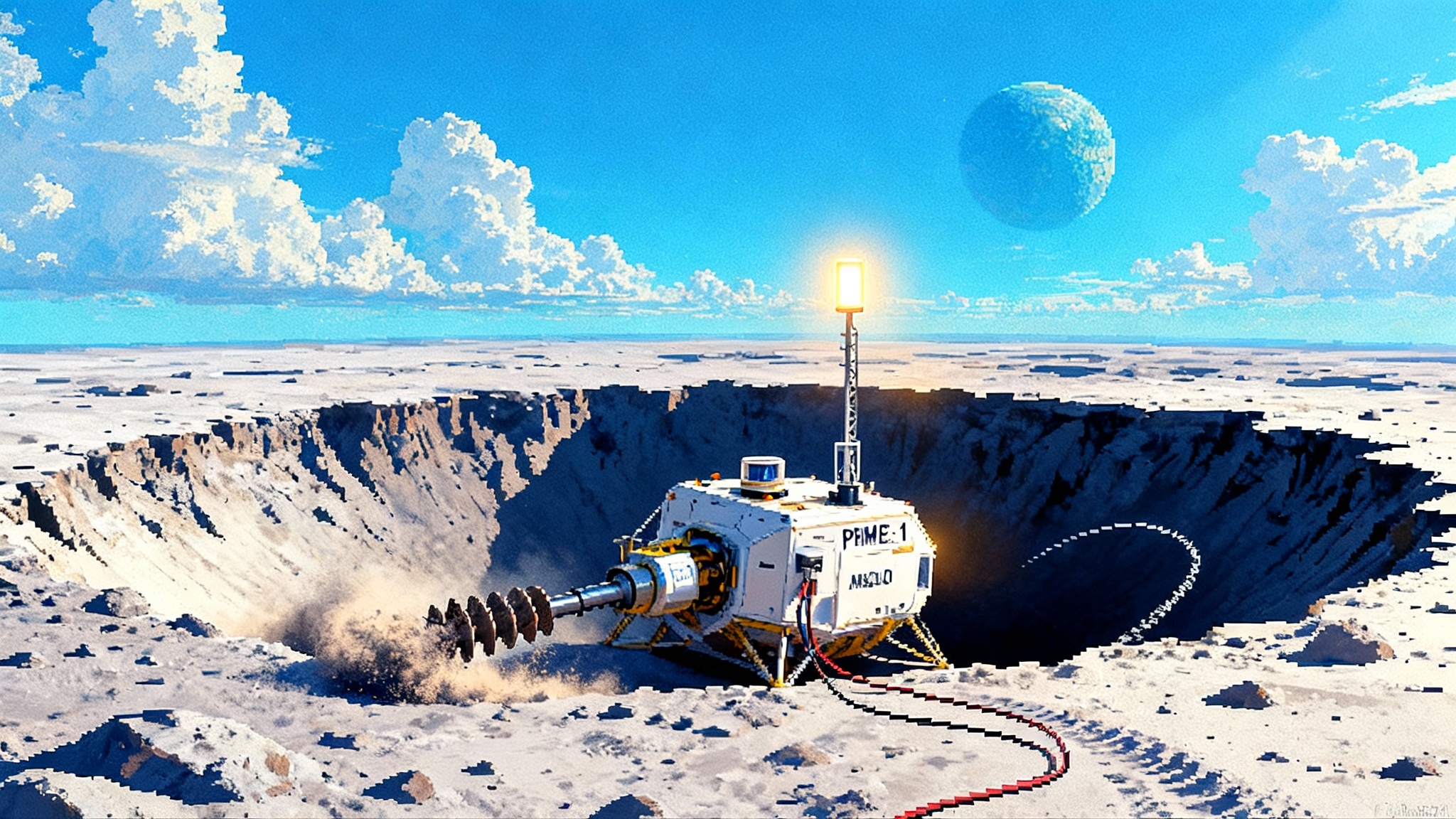Sapphire Canyon’s clues make Mars Sample Return urgent
A new peer-reviewed study of Perseverance’s Sapphire Canyon core reports mineral textures and organics that often track with microbial activity on Earth. Here is why those clues make a lean, faster Mars Sample Return the most important mission of the 2030s.
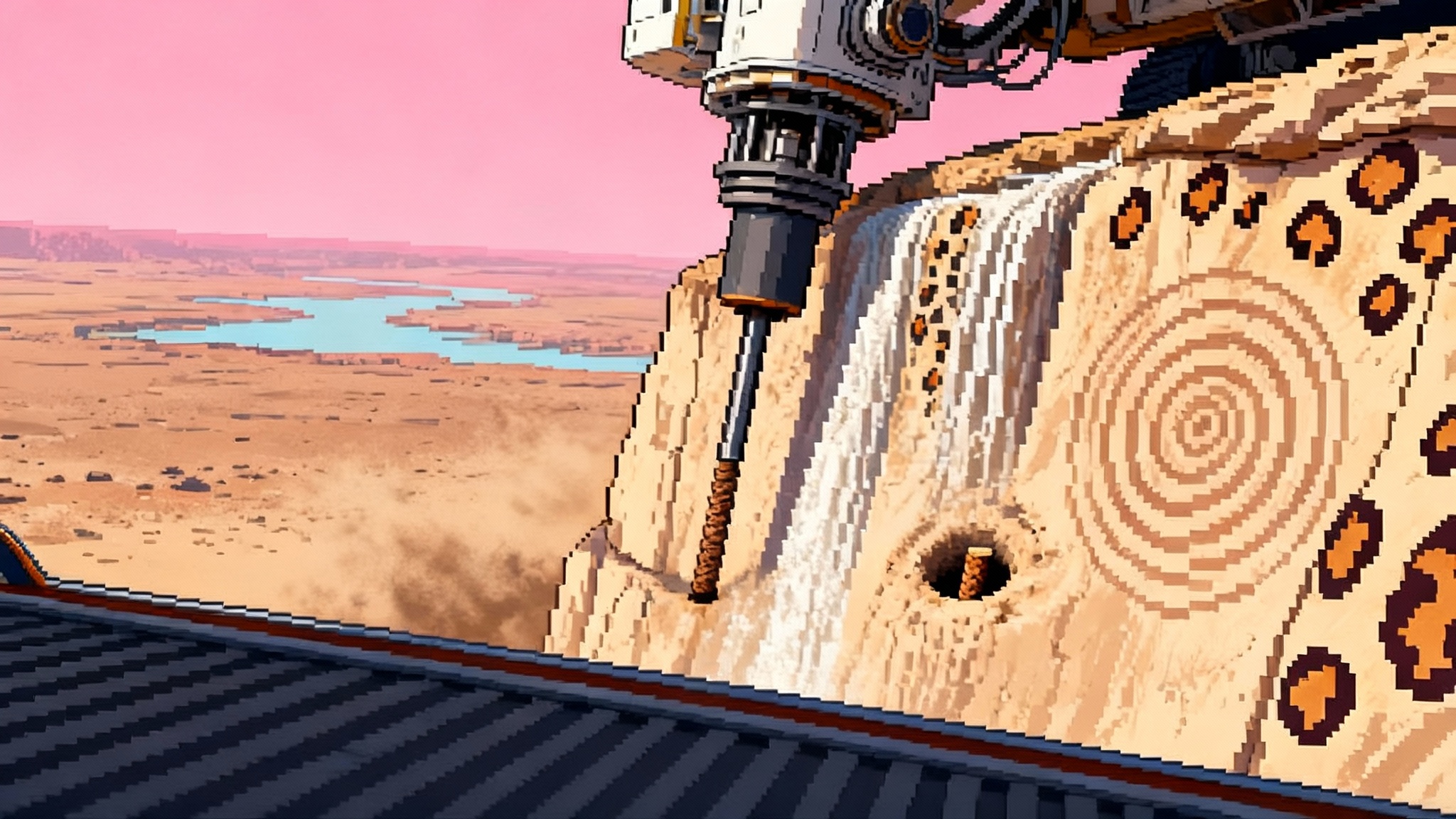
The clue we have been waiting for
If you have ever stared at a fossil shell in a rock and felt time collapse, you know the thrill a single piece of stone can deliver. Perseverance’s most consequential stone to date is a core drilled in July 2024 from a mudstone called Cheyava Falls in Jezero crater’s Bright Angel formation. The team nicknamed the core Sapphire Canyon. In September 2025, a peer‑reviewed paper reported why it is different: this rock hosts tiny chemical textures and mineral pairings that on Earth often form when microbes feed, breathe, and leave waste behind. That does not prove life. It does place Sapphire Canyon on the short list of samples that could turn a hint into a verdict once they reach Earth’s best laboratories. See the open‑access Nature paper for the full evidence trail in one place: Nature peer‑reviewed study.
What “potential biosignature” really means
Scientists use cautious language for a reason. A potential biosignature is a substance or structure that might have a biological origin but can still be created by non‑biological chemistry. Think of it like a footprint in damp sand seen from far away. It looks human, but maybe wind carved it. The job is to get close, measure its shape grain by grain, and check for other telltale signs like stride length or toe impressions. In geology, those extra tests include isotopes, the exact shape and layering of minerals, and how organic carbon is bound to those minerals at micron scales.
On Mars we are still observing the “footprint” from a distance. Perseverance carries superb instruments, but they are necessarily compact and radiation‑hard. They can spot the outline and some details. Only Earth labs can do the full forensic work.
The textures that raised eyebrows
Bright Angel is a package of fine‑grained lakebed sediments. In several slabs the rover found two recurring features the team nicknamed “leopard spots” and “poppy seeds.” These are millimeter‑scale rings and dark specks that mark where chemistry changed as water and dissolved elements moved through the mud. When Perseverance’s instruments scanned these spots, the chemistry clustered around a few key ingredients:
- Organic carbon signatures identified in the rock matrix
- Iron and phosphorus bound together in a mineral likely to be vivianite
- Iron and sulfur bound as a mineral likely to be greigite
Why that cocktail matters: on Earth, in cold muddy lakebeds, microbes often drive reactions that turn iron, sulfur, phosphorus, and organic matter into exactly these minerals and textures. That is because life runs on redox reactions, which are just controlled electron trades. Imagine a small neighborhood economy where microbes get paid by moving electrons between compounds. Vivianite and greigite can be the receipts of those transactions, preserved as minerals.
Could plain chemistry do it without life? Yes. That is exactly why the authors are careful. Low‑temperature reactions in sediment can in principle produce the same mineral pairings. The question is whether the combination of minerals, their fine‑scale arrangement in rings and nodules, and their association with organic carbon are easier to explain with biology or geology alone. That is the test we need Earth instruments to perform.
Why rovers cannot finish the job
Perseverance’s spectrometers are exceptional scouts. SHERLOC can spot organic molecules and map them relative to minerals. PIXL reads elemental chemistry at hair‑thin scales. SuperCam and Mastcam‑Z provide remote sensing and imagery to guide the work. But there are crucial measurements beyond their reach:
- Isotopes. Life tends to favor lighter isotopes of carbon, sulfur, and iron. Measuring these preferences requires ultra‑precise mass spectrometers that are not rover‑friendly.
- Molecular structure at nanometer scales. Instruments like transmission electron microscopes can show exactly how organics sit inside minerals and whether membranes or cell walls once existed.
- Multiple cross‑checks. In Earth labs, several methods can attack the same question from different angles. Converging answers increase confidence.
Think of Perseverance as the field geologist who picks the perfect sample and runs a few key tests on site, then ships it to the national lab for a full workup.
What exactly is inside Sapphire Canyon
Sapphire Canyon is a core of lake mud turned to rock. The core comes from a banded, light‑toned mudstone that once sat on a lake floor at Jezero, where water pooled and then retreated billions of years ago. The rock records calm, low‑temperature conditions where life, if present, would have had time to imprint itself. The millimeter‑scale rings and specks are the most intriguing parts. Their mineral recipe points to redox reactions that could have been fueled by organic matter. The surrounding mud preserves the context. If you want one cylinder from Jezero to ask the life question in a controlled laboratory setting, this is the one you bring home first.
The clock is ticking on Mars Sample Return
Here is the bottleneck. Sapphire Canyon is sealed inside Perseverance, along with a cache of other carefully chosen cores. Returning them requires one of the most complex robotic missions ever attempted: land a spacecraft near the rover, transfer the tubes into a rocket, launch that rocket off Mars, catch it in orbit, and bring it back to Earth for secure handling.
In 2024 and 2025, NASA reassessed the campaign to reduce cost and time. The agency is now pursuing a competition between two landing‑and‑pickup strategies during mission formulation, with a down‑select planned after detailed studies. The goal is a leaner architecture with a return in the 2030s rather than the 2040s. NASA’s own summary outlines this dual‑track approach to drive speed and savings: two landing architectures.
We also have recent cross‑program experience to draw on, including lunar sample logistics from Chang'e-6 sample return lessons and agile small‑body operations from OSIRIS-APEX operations tempo.
The fastest credible path to a 2030s verdict
Several ideas have matured enough to be realistic. Think of them as building blocks that can be combined into a faster, simpler Mars Sample Return.
- A single precision lander. Reuse the sky crane heritage that delivered Perseverance to set down a lander near the rover. Fewer launches and fewer handoffs generally mean less risk and lower cost.
- A compact Mars Ascent Vehicle. Keep the rocket small by carrying only the sealed sample tubes. A small, robust two‑stage solid motor remains the most heritage‑rich option for a first‑ever launch from another planet.
- A minimal fetch system. The baseline is a robotic arm on the lander. Small helicopters like Ingenuity’s successors remain a useful backup to retrieve tubes if the rover cannot drive to the lander, but every added element is another schedule and integration risk.
- A right‑sized Earth Return Orbiter. The orbiter must find, capture, and seal the sample container for the trip home. The capture system can be simplified if the ascent vehicle and orbiter are designed together from the start. Lessons from Tianwen-2 sampling playbook highlight the value of tightly integrated capture and handling systems.
- Earth entry and a ready lab. The capsule that hits Earth’s atmosphere must be simple and proven. The receiving facility on Earth must be ready in time to avoid becoming the new bottleneck.
How industry can accelerate without breaking the science
Industry studies commissioned by NASA in 2024 delivered a menu of options to streamline the job. The key is to use commercial practices where they help and avoid false shortcuts. Here is what that balance looks like in practice:
- Fixed‑price, well‑bounded elements. Commercial providers can bid firm‑fixed price for spacecraft buses, cruise stages, and some lander hardware. These are areas with mature performance data from lunar and planetary missions.
- Government‑led first‑of‑a‑kind pieces. The Mars Ascent Vehicle, the sample capture, and biosafety handling are firsts. These demand government leadership, rigorous testing, and flexible contracting so engineers can respond to unknowns.
- Heavy‑lift flexibility. Multiple heavy‑lift rockets are coming online. Being launch‑vehicle‑agnostic within a mass envelope preserves competition and schedule margin.
- Lean integration. Co‑locate teams for the lander, ascent vehicle, and capture system. Align their testbeds so they grow together and avoid late‑stage interface shocks.
Several major companies have signaled interest in delivering large chunks of this stack. Traditional deep‑space primes bring Mars landing and operations experience. Newer providers bring rapid build cycles and lower overhead. The winning mix is not either or; it is a clear division of labor that protects the science payload while using commercial speed for the surrounding buses, stages, and avionics.
Planetary protection is a feature, not a burden
Bringing Mars material to Earth demands meticulous containment. This is not theater. It is how science maintains trust. A modern receiving facility must combine clean‑room sterility with biosecurity. That means redundant containment layers, chain‑of‑custody systems for every tube, and the ability to run destructive tests on tiny subsamples without contaminating the original core. Build it early and let practicing teams run dry‑runs with Mars simulants and meteorites. The earlier the facility proves its processes, the less it will delay the flight timeline.
A realistic acceleration plan
Here is a path that returns Sapphire Canyon in the mid‑to‑late 2030s without magical thinking:
- 2025–2026: Down‑select to one architecture after competitive studies. Lock top‑level interfaces between lander, ascent vehicle, and orbiter. Freeze the sample tube handling design so test articles can be built.
- 2026–2028: Build and fly relevant Earth demos. Qualify the ascent vehicle motors in vacuum chambers with Mars‑like temperatures. Run end‑to‑end ground simulations where test tubes move from a rover mockup to a lander arm to a flight‑like container.
- 2028–2030: Integrate and test flight hardware. Keep a rolling test campaign so every component meets the next one in a lab before they meet on Mars.
- Early 2030s: Launch the lander and orbiter. Land near Perseverance, transfer the tubes, launch from Mars, capture in orbit, cruise to Earth, and deliver the capsule to a prepared facility.
If this looks conservative, good. The only thing worse than slipping a return date is bringing home a compromised sample that cannot answer the life question.
What a laboratory verdict would look like
When Sapphire Canyon finally arrives, the tests will be incisive and decisive:
- Elemental and isotopic fingerprints. Do the carbon and sulfur isotopes carry the subtle skews that biology produces when it eats and breathes?
- Nanometer‑scale context. Are the organics arranged like decayed cells or films? Do minerals grow around organic shapes as if they once encased them?
- Cross‑mineral logic checks. Do the textures of vivianite and greigite line up with the timing of organic deposition and later water flow, or do they demand high‑temperature pulses that rover data did not see?
The likely outcome is not a single eureka but a stack of independent measurements that all tilt the same way. When enough lines tilt toward life, the scientific community will have the confidence to say so. If they tilt the other way, that answer is profound too. It would say that Mars produced complex prebiotic chemistry and mineral textures that mimic biology without crossing the line into life.
Why speed matters now
Clues fade. The longer samples sit on Mars, the more they are exposed to radiation and temperature swings. The longer a receiving facility sits on paper, the more its design will lag best practices. And the longer the public waits after hearing about potential biosignatures, the more the story will be written by speculation rather than data. Sapphire Canyon offers a rare alignment of strong science case and engineering feasibility. The ingredients for a faster Mars Sample Return exist. The prize is not a headline. It is a laboratory answer that will be taught in classrooms for a century.
The bottom line
The first serious, peer‑reviewed evidence of potential biosignatures in Jezero’s Bright Angel mudstones is now on the books. The sample that carries those clues already sits inside Perseverance. A smaller, simpler, industry‑augmented Mars Sample Return can bring it home in the 2030s if NASA locks an architecture, funds the first‑of‑a‑kind pieces, and lets commercial teams deliver the rest. Sapphire Canyon is a once‑in‑a‑generation question in a cigar‑sized core. If we move with purpose, the next decade can turn today’s strongest Martian hint into a laboratory verdict.
